The Kiwi comprises a small group of birds that live on the islands of New Zealand. Researchers recognize five distinct species of these birds, including the Great Spotted, Little Spotted, Okarito, Common, and North Island Brown Kiwi.
Despite the fact they look nothing like them, these birds are distant relatives of ostriches, emus, cassowaries, and rheas. Like their distant relatives, Kiwis are part of the ratite, or Palaeognathae, infraclass. Read on to learn about the Kiwi.
Description of the Kiwi
Most of these birds are about the size of a chicken, but they have a look all their own. These birds have long, narrow beaks, large round bodies, and short legs. Even though their bills are quite long, their heads are relatively small, as are their eyes.
Their plumage is usually uniform brown in color and quite soft. They cannot fly, and their wings are very small and useless. Most of these birds weigh six or seven pounds and measure about a foot and a half long.
Interesting Facts About the Kiwi
Even among other flightless birds, Kiwis are strange. They do not look like ostriches or emus, and they live very different lives than their distant relatives. Learn more about what makes them unique below.
- Enormous Eggs – Perhaps the craziest fact about these birds is that they lay the largest eggs in relation to their body size. After mating, females produce a single, massive egg. The egg weighs up to a third the weight of the female, which amounts to about one pound. Ouch!
- Nose Knows – Another interesting biological feature of the Kiwi is its long beak. Instead of having nostrils at the base of its bill, like most birds, this bird’s nostrils are at the end of its long beak. It has an acute sense of smell, and uses this to probe around in the dirt and search for food.
- Wispy Whiskers – In addition to their great sense of smell, Kiwis also have whiskers at the base of their beak. These whiskers help them feel around in the dark for the movement of potential prey. It’s a good thing they have these extra adaptations, because their tiny eyes are virtually useless!
- Bountiful Bones – Because they don’t bother with flying, Kiwis don’t need hollow bones like most birds. Hollow bones are lighter and easier to fly with, but they are also more fragile. Instead of hollow bones, these birds have dense, marrow-filled bones like mammals do.
Habitat of the Kiwi
Most other ratites prefer living in open areas, where they can spot predators easily and run away unimpeded. Kiwis, with their short legs and bowling ball bodies, use a different strategy. These birds inhabit densely forested areas and regions with lots of underbrush in which to hide from predators.
Some of the different ecosystems that they utilize include scrub forests, forests, woodlands, brushy grasslands, and more. Habitat destruction has pressured these birds into utilizing a wider variety of habitats than they normally would.
Distribution of the Kiwi
The five different species of these birds inhabit different regions in New Zealand. The North Island Brown lives on the North Island, in four separate populations. Great Spotted Kiwis live in three small regions on the northern end of the South Island.
The Okarito species inhabits just a small area on the western coast of the South Island. Common Kiwis live along the southeast coast of the South Island, and on Stewart Island. Finally, Little Spotted Species population live on various small islands and regions in the northern tip of South Island, the southern tip of North Island, and northern North Island.
Diet of the Kiwi
Each species of Kiwi has a slightly different diet. They are primarily omnivores, which means that they eat both plant and animal matter. The herbivorous side of their diet consists primarily of fruits and berries. Their primary method of foraging is probing into the soil with their long beak.
Once they find a prey item, they flick it on the ground or into a rock to stun or kill it before eating it. Some of the different prey items that they hunt include worms, small fish, crabs, insects, grubs, frogs, insect larvae, spiders, and more. Earthworms are usually one of the items that they eat the most.
Kiwi and Human Interaction
Kiwis are a cultural icon in New Zealand, and an important part of ecotourism. Unfortunately, humans have caused some problems for this bird. One of the most pressing dangers to all species is people introducing non-native predators.
Feral cats, pigs, dogs, stoats, and more all kill these birds and destroy their nests. Habitat destruction also poses a serious problem for several species of Kiwis. The IUCN lists the Okarito, Northern Brown, Southern Brown, and Great Spotted as Vulnerable, and the Little Spotted as Near Threatened.
Domestication
Humans have not domesticated Kiwis in any way.
Does the Kiwi Make a Good Pet
No, Kiwis do not make good pets. Various regulations protect these birds from harm, and it is illegal to own one as a pet.
Kiwi Care
Many different zoos keep different species of these birds. Kiwis in zoos are important for ensuring the survival of their species through captive breeding programs. The success of a captive breeding program can mean the difference between successfully reintroducing a bird to the wild and extinction.
In zoos, these birds live in enclosures with a variety of shrubbery and bushes to hide in. Zookeepers feed them a variety of insects and invertebrates, like crickets, mealworms, and more.
Zoo visitors don’t even see some of the birds in breeding programs, because the birds live in off-exhibit areas to increase the likelihood that they will successfully breed.
Behavior of the Kiwi
Outside of the breeding season, Kiwis usually live alone or in breeding pairs. They spend their time foraging on the forest floor in search of worms and other small prey.
Nowadays these birds search for prey at night, and hide in the underbrush during the day. However, before the influx of invasive predators, they were active during the day as well. In fact, in areas where Kiwis have no predators they forage during the day. As the breeding season rolls around, some pairs establish territories that they defend from others of their kind.
Reproduction of the Kiwi
Most Kiwis build their nests in underground burrows, but some nest on the ground under bushes in in tree roots. Females lay a single egg, and both sexes incubate the egg. It takes just over two months for the egg to hatch.
After hatching, the chicks reach independence very quickly. Though they remain near their parents, it takes about a week for them to venture off on their own. Depending on the species, approximately 95% of Kiwi chicks do not survive to adulthood, primarily due to invasive predators.
Beliefs, Superstitions, and Phobias About the Kiwi
The native people of New Zealand have numerous different folklore and stories about these birds. The Maori people believed that the god of the forest protected the Kiwi. Native people used Kiwi feathers in ceremonial clothing, and they still collect feathers today, though they no longer hunt the birds.
These birds are one of the most prevalent symbols of New Zealand, and thus New Zealand has embraced their fame with the ecotourism business.

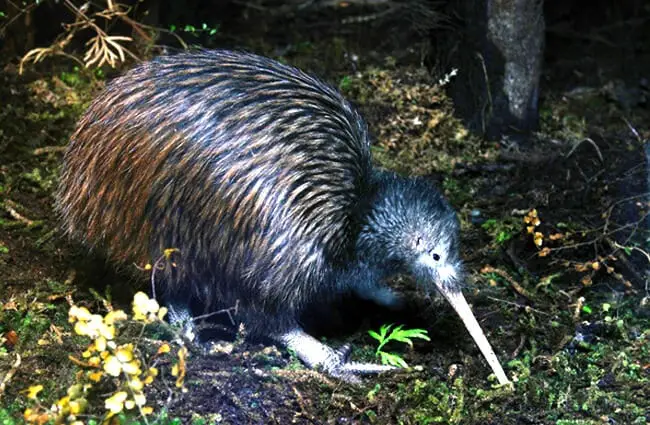
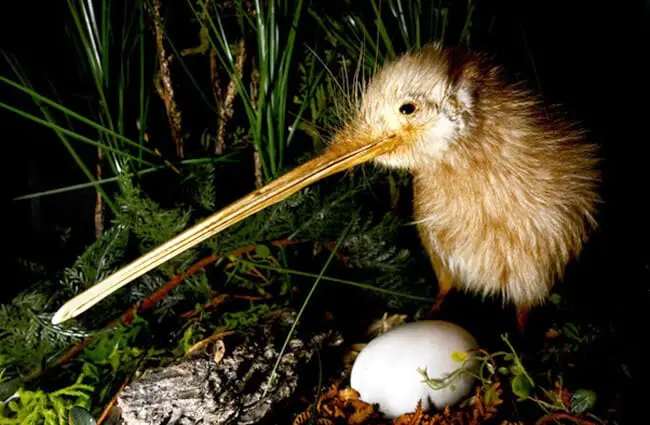

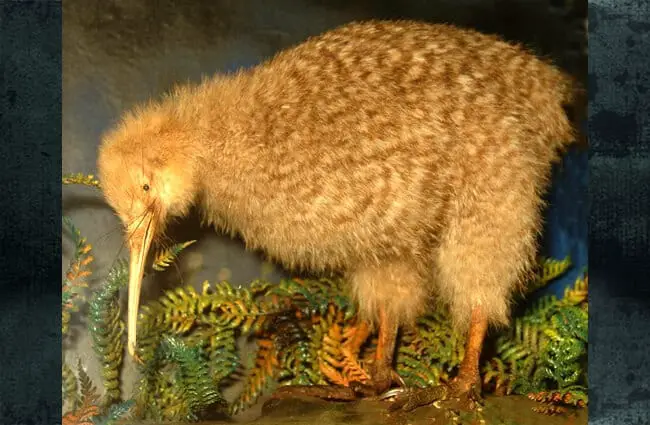


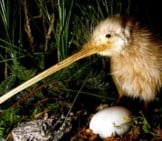

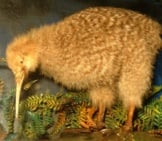

![Red Angus Closeup of a beautiful Red Angus cowPhoto by: U.S. Department of Agriculture [pubic domain]https://creativecommons.org/licenses/by/2.0/](https://animals.net/wp-content/uploads/2020/03/Red-Angus-4-238x178.jpg)












![Red Angus Closeup of a beautiful Red Angus cowPhoto by: U.S. Department of Agriculture [pubic domain]https://creativecommons.org/licenses/by/2.0/](https://animals.net/wp-content/uploads/2020/03/Red-Angus-4-100x75.jpg)

